Rising Demand for Automation
The increasing demand for automation in various industries appears to be a significant driver for the In Line Process Viscometer Market Industry. As manufacturers seek to enhance efficiency and reduce operational costs, the integration of viscometers into automated systems becomes essential. This trend is particularly evident in sectors such as food and beverage, pharmaceuticals, and chemicals, where precise viscosity measurements are crucial for product quality. According to recent data, the automation market is projected to grow at a compound annual growth rate of over 9% in the coming years, indicating a robust opportunity for the In Line Process Viscometer Market Industry to expand alongside this trend.
Advancements in Material Science
Advancements in material science are likely to influence the In Line Process Viscometer Market Industry positively. The development of new materials with unique viscosity characteristics necessitates precise measurement tools to ensure optimal processing and application. Industries such as polymers and composites are particularly affected, as the viscosity of materials can significantly impact their performance. Recent innovations in viscometer technology, including the use of advanced sensors and data analytics, are expected to enhance measurement accuracy and reliability. This evolution in material science could lead to increased adoption of in-line viscometers, thereby driving growth in the In Line Process Viscometer Market Industry.
Emergence of Smart Manufacturing
The emergence of smart manufacturing technologies is reshaping the landscape of the In Line Process Viscometer Market Industry. With the advent of Industry 4.0, manufacturers are increasingly adopting smart sensors and IoT-enabled devices to monitor and control production processes in real-time. This shift not only enhances operational efficiency but also ensures higher product quality through precise viscosity control. The smart manufacturing market is anticipated to grow significantly, with estimates suggesting a CAGR of around 10% over the next few years. This growth trajectory indicates a promising future for the In Line Process Viscometer Market Industry, as companies seek to integrate advanced measurement solutions into their operations.
Growth in the Oil and Gas Sector
The oil and gas sector's ongoing expansion is likely to bolster the In Line Process Viscometer Market Industry. As exploration and production activities increase, the need for accurate viscosity measurements in crude oil and refined products becomes paramount. The viscosity of these fluids can significantly impact the efficiency of transportation and processing. Recent statistics suggest that the oil and gas industry is expected to witness a growth rate of approximately 5% annually, which could lead to heightened demand for in-line viscometers. This growth presents a substantial opportunity for manufacturers to cater to the specific needs of this sector, thereby driving the In Line Process Viscometer Market Industry forward.
Increased Focus on Quality Control
An increased focus on quality control across various industries is driving the In Line Process Viscometer Market Industry. As consumers demand higher quality products, manufacturers are compelled to implement stringent quality assurance measures. Viscosity plays a critical role in determining the quality of products in sectors such as paints, coatings, and cosmetics. Recent surveys indicate that companies are investing more in quality control technologies, with a projected increase in spending of approximately 7% annually. This trend suggests a growing reliance on in-line viscometers to ensure that products meet the desired specifications, thereby enhancing the overall market for these devices.


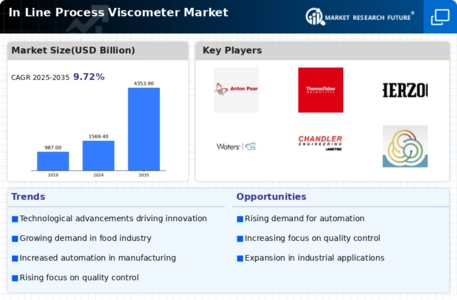
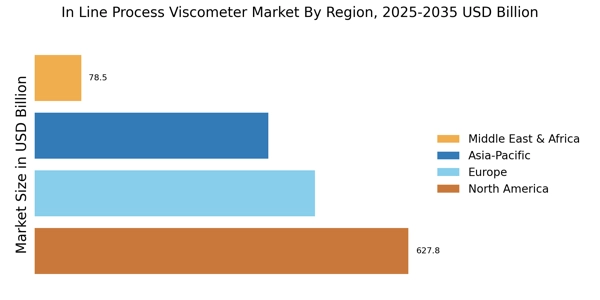
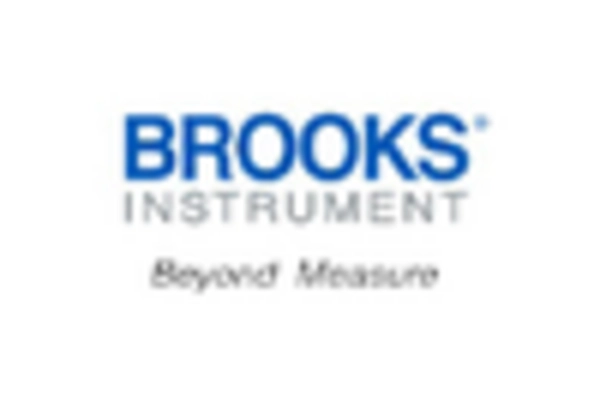


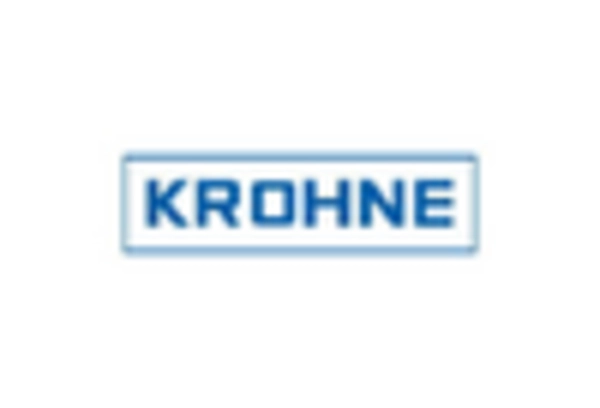

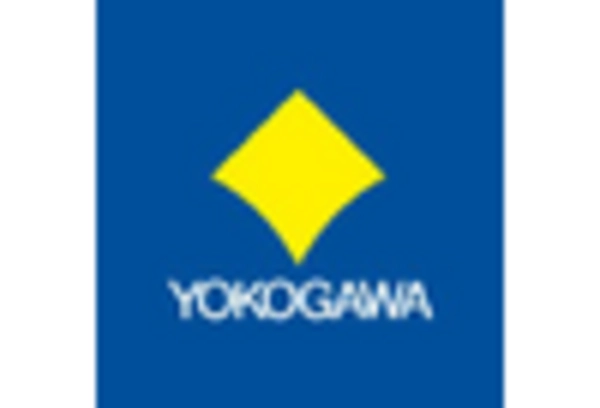








Leave a Comment